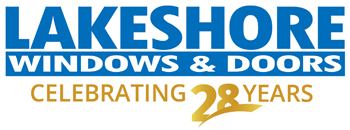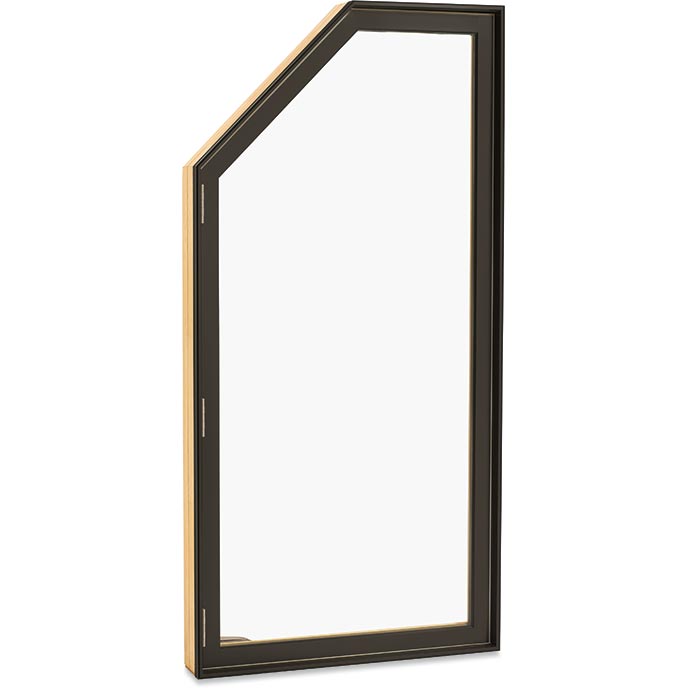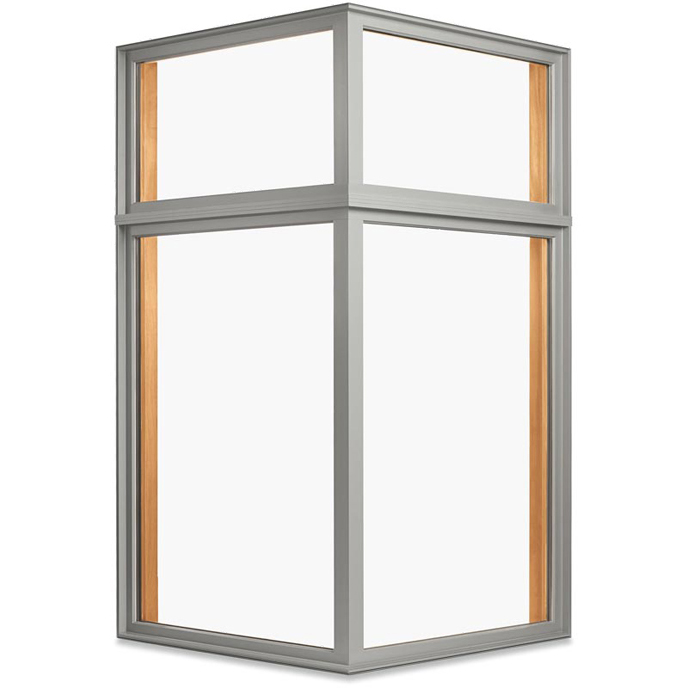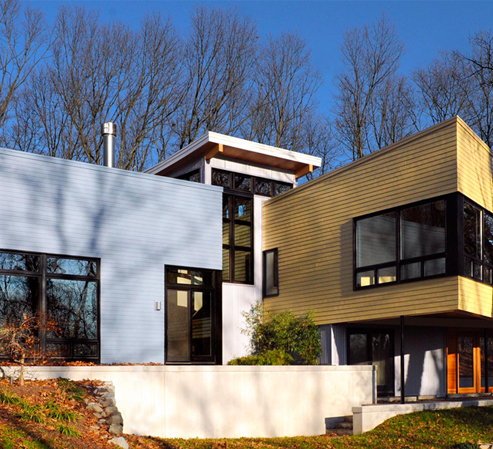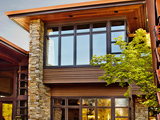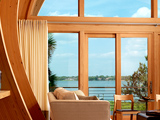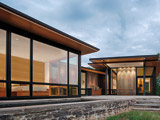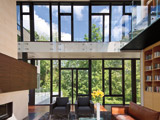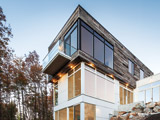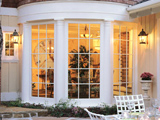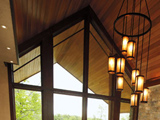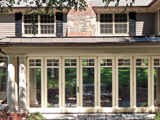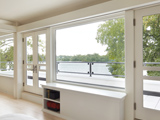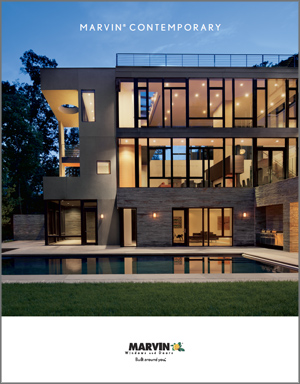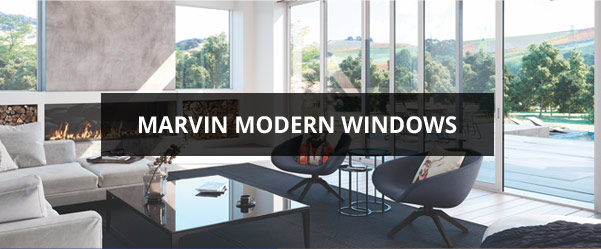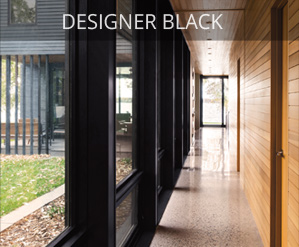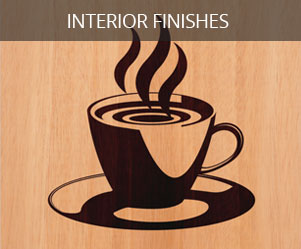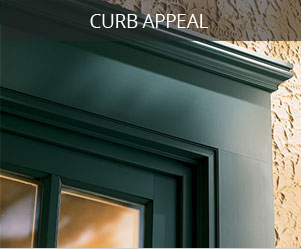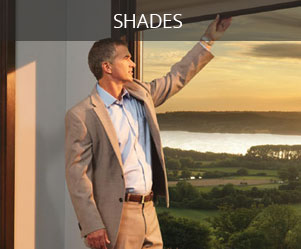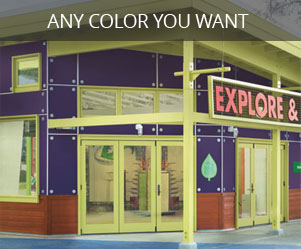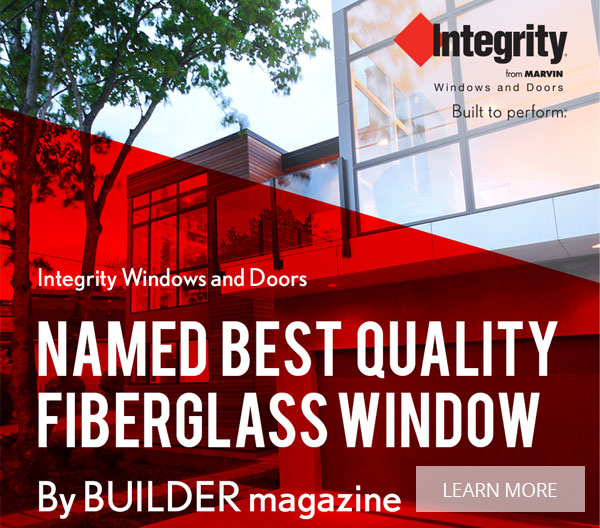Call: 519-919-6997

Marvin Contemporary Windows
Contemporary is a broad, catch-all term that includes a variety of home designs. Characteristics among contemporary homes are tall, expansive windows and wide-open floor plans for maximum light and flexibility. Roof types range from flat to gabled with cathedral ceilings and exposed beams. Other common features are simple, clean lines and exteriors that include at least some natural materials such as cedar or stone.
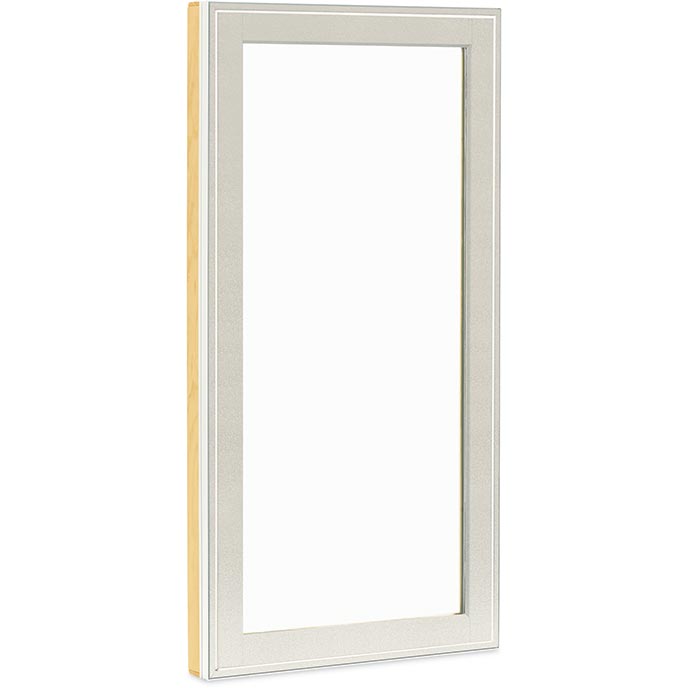
Contemporary Casement
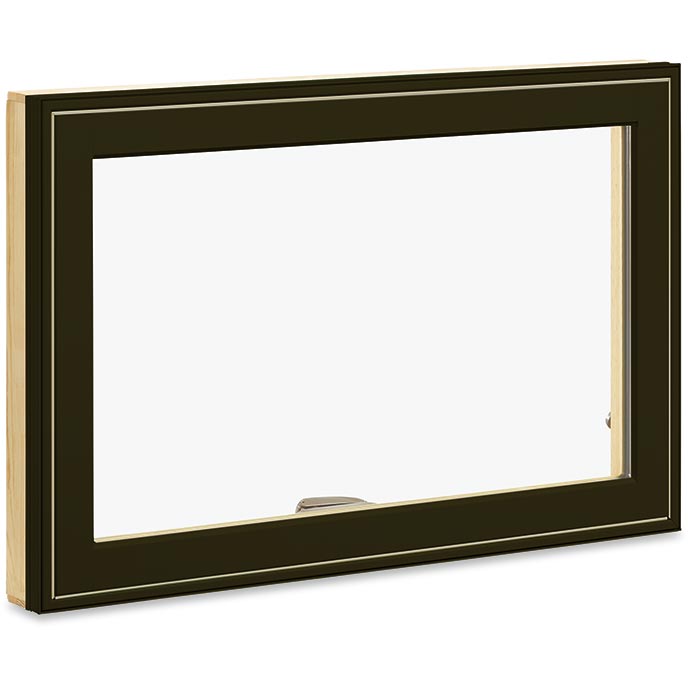
Contemporary Awning

Contemporary Ultimate Glider
For the purposes of this index, Contemporary styles include the sub-categories: Modern, Transitional, Eclectic, Prairie and Art Deco.

MODERN
The term “Modern” has a wide interpretation, but its most basic definition is a movement away from formal historical architectural precedents and traditional ornamentation to a focus on simplicity. Arts & Crafts, Craftsman, Art Deco, Prairie and Foursquare styles were all early versions of Modern. But today’s demonstration is marked by simple, angular shapes and expansive, unadorned windows designed to maximize light and call attention to interior details. Other characteristics are asymmetrical design, low horizontal lines and an absence of all non-functional decoration.
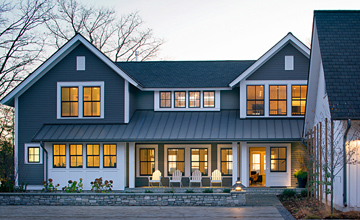
TRANSITIONAL
Transitional is a broad category that speaks more to the feel of a home versus a truly architectural definition. It generally refers to the mixing of more than one style and enables homeowners to successfully combine both traditional and contemporary elements. One hallmark of Transitional style is a neutral color palette, which aids in bringing various otherwise disparate elements together for a classic and timeless look.

ECLECTIC or NEOECLECTIC
Defined mostly by its inability to be defined, Eclectic style borrows freely from a variety of historical periods and architectural trends, recreating them with modern materials. This term characterizes most present-day new construction. Some subdivisions even build around a central theme that combines more than one style. An example of this would be a neighborhood that offers both Dutch Colonial and French Provincial floor plans paired with Neoclassical features.
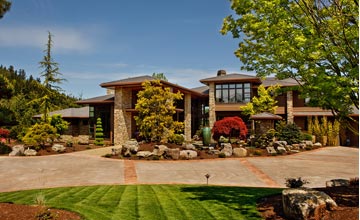
PRAIRIE
The Prairie style of architecture in American homes began as a movement in the Chicago area under famed architect Frank Lloyd Wright and is characterized by low horizontal lines, wide eaves and open interior spaces with large windows designed to create a connection with the outdoors. Horizontal lines are often punctuated by vertical elements such as large chimneys and tall casement windows. Prairie style is more common in the Midwest and originally did not include attics or basements in their plans.
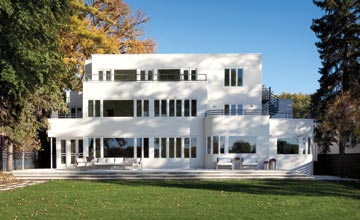
ART DECO
The Art Deco style is characterized by an emphasis on simple geometrical forms and a more streamlined appearance, often featuring low horizontal shapes, rounded corners and smooth walls. Windows and doors are usually flush with wall surfaces and without sills. Flat roofs, stuccoed walls, casement windows and glass blocks are also common Art Deco features. This style is particularly popular in Florida and California in hotels and apartment buildings.
